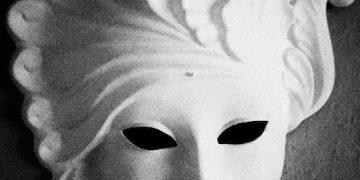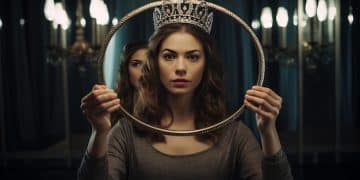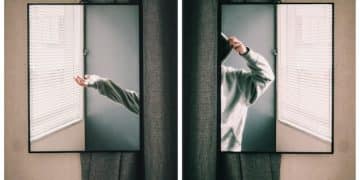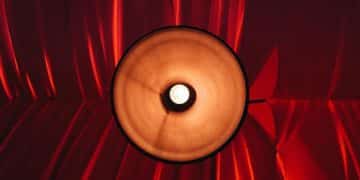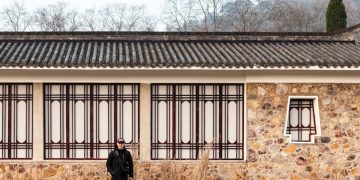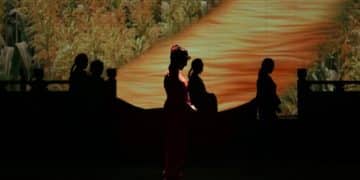Korean Drama Historical Accuracy: Fact vs. Fiction in K-Dramas
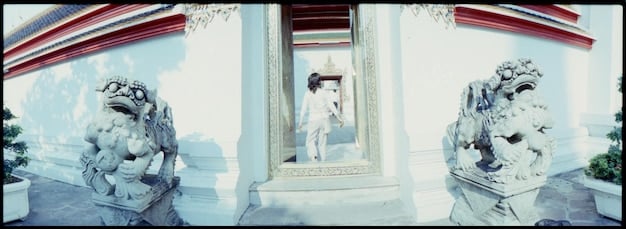
Korean drama historical accuracy varies, with some dramas meticulously researched and others prioritizing entertainment over complete fidelity to historical events, often blending fact with romanticized fiction.
Are you captivated by the rich costumes and dramatic storylines of Korean historical dramas, or “sageuks”? While these shows offer a glimpse into Korea’s past, the question of Korean drama historical accuracy often arises. Let’s delve into how much of what we see on screen is fact, and how much is creative license.
The Allure of Sageuk: Korea’s Historical Dramas
Sageuk, or Korean historical dramas, are a beloved genre both in Korea and internationally. They transport viewers to different eras of Korean history, from the Three Kingdoms period to the Joseon Dynasty, offering stories filled with political intrigue, romance, and epic battles.
But how much of what we see is true to the actual history? The answer is complex, and it varies from drama to drama. Let’s explore the fascinating world of sageuk and its relationship with historical accuracy.
What is a Sageuk?
The term “sageuk” simply means historical drama in Korean. These dramas can cover various periods, from ancient kingdoms to more recent history. They are known for elaborate costumes, sets, and often feature royalty, warriors, and scholars as central characters.
Many are based on real historical figures and events, but often take liberties with the narrative to enhance the drama and appeal to a wider audience.
Why Are Sageuks so Popular?
- Cultural Pride: Sageuks celebrate Korean history and culture, fostering a sense of national pride.
- Dramatic Storytelling: They offer compelling storylines filled with power struggles, romance, and betrayal.
- Visual Appeal: The elaborate costumes and sets create a visually stunning experience.
- Educational Value: They can introduce viewers to Korean history, sparking interest in learning more.
Sageuks provide a blend of entertainment and education, but it’s important to remember that they are, first and foremost, dramas. Significant artistic license is often used.
In conclusion, sageuk dramas hold significant cultural value and entertain global audiences, but the stories presented should be understood as dramatically compelling fiction rather than strict historical records.
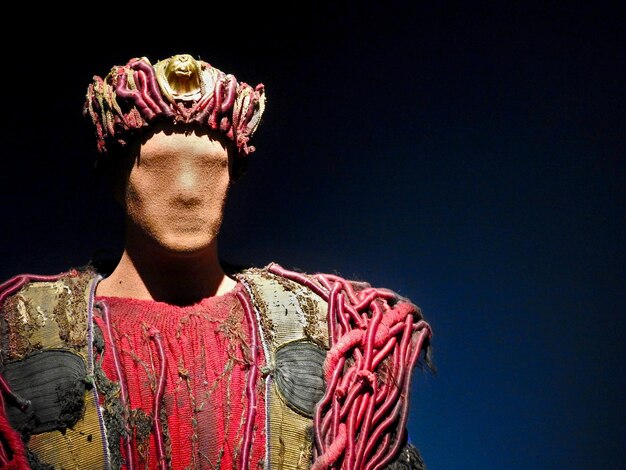
Fact vs. Fiction: The Blurring Lines in Historical Dramas
The question of Korean drama historical accuracy comes down to the intent and execution of the production. Some dramas aim for greater historical fidelity, while others prioritize entertainment value. This often leads to a blurring of lines between documented fact and dramatic fiction.
Recognizing the difference can enhance your enjoyment and understanding of the genre. Let’s analyze some key aspects where these lines often become blurred.
Historical Events and Figures
Many sageuks are based on real historical events and figures. However, the portrayal of these events and figures can be heavily dramatized. Characters’ motivations, relationships, and even the outcomes of events might be altered for dramatic effect.
For example, a drama about King Sejong might focus on his creation of the Korean alphabet, Hangul, but also weave in fictional subplots about his personal life and political enemies.
Costumes and Settings
While sageuks often feature beautiful and detailed costumes and sets, these are not always entirely accurate. Designers may take creative liberties to enhance the visual appeal or simplify production.
Colors, fabrics, and styles might not perfectly reflect what people wore in a particular era. Similarly, the architecture and layout of palaces and other buildings might be stylized for aesthetic reasons.
Social Customs and Etiquette
Sageuks often depict social customs and etiquette of the time, such as bowing rituals, marriage ceremonies, and courtly manners. While some aspects may be accurate, others might be simplified or romanticized.
- Bowing: While bowing was a significant part of Korean etiquette, the specific rules and variations might not be fully represented.
- Marriage: Arranged marriages were common, but dramas often focus on the romantic aspects and conflicts arising from them.
- Courtly Manners: The complex hierarchy and protocols of the royal court might be simplified for narrative clarity.
It’s important to view these depictions as a dramatized representation of historical customs, rather than a completely accurate portrayal.
In short, while historical dramas incorporate real events, places, names, and customs, the presentation is carefully orchestrated to appeal to modern audiences, so accuracy is not always a top priority.
Examples of Dramas with Varying Degrees of Accuracy
To better understand Korean drama historical accuracy, let’s look at specific examples of dramas and how they approach historical events. Some dramas strive for greater accuracy, while others freely blend fact and fiction.
These comparisons will help you discern the level of historical fidelity in different productions.
Dramas Known for High Accuracy
Some sageuks are known for their meticulous research and attention to historical detail. These dramas often consult historians and experts to ensure accuracy in costumes, sets, and storylines.
Examples include:
- “Jewel in the Palace” (Dae Jang Geum): This drama, based on the life of Jang Geum, the first female royal physician in Korean history, is praised for its detailed depiction of Joseon Dynasty court life and culinary practices.
- “Queen Seondeok”: This epic drama about Queen Seondeok, the first female ruler of Silla, is known for its accurate depiction of Silla’s political landscape and military strategies.
Dramas with More Creative Liberties
Other sageuks prioritize entertainment value over strict historical accuracy. These dramas often introduce fictional characters, subplots, and romantic elements to enhance the drama and appeal to a wider audience.
Examples include:
- “Moon Lovers: Scarlet Heart Ryeo”: This time-travel drama, set during the Goryeo Dynasty, features a modern woman who travels back in time and becomes entangled in a power struggle among princes. While based on historical figures, the drama takes significant liberties with their personalities and relationships.
- “The King: Eternal Monarch”: Although not strictly a historical drama, this fantasy romance involves a modern-day Korean emperor who crosses into a parallel world. It uses historical elements as a backdrop for a completely fictional story.
Analyzing the Differences
The level of historical accuracy can significantly impact how viewers perceive and understand Korean history. Dramas that strive for accuracy can provide valuable insights into past events and cultural practices. However, dramas that take more creative liberties can distort historical facts and create misconceptions.
Ultimately, understanding the intent and approach of different dramas is key to enjoying them while maintaining a critical perspective on their historical accuracy.
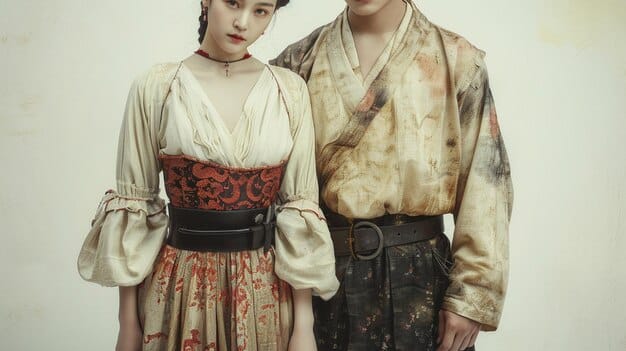
The Role of Creative License in Sageuk
Creative license is an unavoidable aspect of historical dramas. While some level of accuracy is often maintained, storytellers frequently employ imaginative elements to captivate audiences.
Understanding why and how creative license is used can enhance your analysis and improve comprehension of narrative intention.
Enhancing Drama and Conflict
One of the primary reasons for using creative license is to enhance drama and conflict. Historical records can be dry and lacking in emotional depth. Dramatists often add fictional subplots, romantic relationships, and personal conflicts to make the story more engaging.
For example, a drama about a famous general might invent a rivalry with another general or a forbidden love affair to add layers of complexity to the narrative.
Adding Relatable Characters
Historical figures can sometimes seem distant and unrelatable. Dramatists use creative license to humanize these figures, giving them relatable emotions, motivations, and flaws.
For example, a drama about a king might show him struggling with self-doubt or making difficult choices that have personal consequences. These humanizing elements make the characters more sympathetic and interesting to watch.
Reflecting Modern Values
Historical dramas can also reflect modern values and perspectives. Storytellers might use historical settings to explore contemporary issues such as gender equality, social justice, and political corruption.
- Gender Equality: Dramas might feature strong female characters who challenge traditional gender roles.
- Social Justice: Stories might highlight injustices and inequalities in historical societies.
- Political Corruption: Dramas might expose corrupt officials and power abuses, drawing parallels to contemporary political issues.
By incorporating these elements, sageuks can resonate with modern audiences and spark meaningful conversations about social and political issues.
In essence, creative license is employed to weave compelling narratives that both entertain and invite personal reflection on both contemporary and historical issues.
How to Enjoy Sageuk Responsibly
To fully enjoy sageuk responsibly, it’s essential to approach them with a critical eye. By understanding the difference between fact and fiction, you can appreciate the artistic value of these dramas while maintaining a clear understanding of Korean history.
Here are some tips to guide you.
Be Aware of Bias
Be mindful of potential biases in historical dramas. Storytellers may present a particular perspective on historical events or figures, often influenced by modern values and political agendas.
For example, a drama about a controversial historical figure might portray them in a more sympathetic light, while glossing over their negative actions. Being aware of these biases can help you form your own informed opinion.
Do Your Own Research
If a particular historical drama sparks your interest, take the time to do your own research. Read books, articles, and scholarly sources to gain a deeper understanding of the historical events and figures depicted in the drama.
This will help you separate fact from fiction and develop a more nuanced perspective on Korean history.
Engage in Discussions
Discuss historical dramas with others who share your interest. Engaging in conversations can help you explore different perspectives and interpretations of historical events.
Share your own research and insights, and listen to the viewpoints of others. This collaborative approach can enrich your understanding and appreciation of sageuk.
- Consider diverse analyses: Actively seek various accounts of historical elements represented in the drama.
- Debate narratives: Review the storyline, looking for bias.
- Compare and contrast: Discuss and investigate where the historical element and the narrative vary and for what reason.
View them as a starting point for learning and exploration, rather than a definitive source of historical truth.
The Future of Historical Dramas
As the demand for Korean dramas continues to grow globally, the question of Korean drama historical accuracy will likely become even more important. There is a growing expectation for sageuks to be both entertaining and informative.
What can be expected of future content?
Greater Emphasis on Accuracy
Future sageuks may place a greater emphasis on historical accuracy, driven by increasing awareness and demand from audiences. Filmmakers may invest more in research and consultation with historians to ensure greater fidelity to historical events.
This trend could lead to more educational and informative dramas that offer valuable insights into Korean history and culture.
Blending Fact and Fiction
Even with a greater emphasis on accuracy, creative license will still play a role in sageuks. Storytellers will continue to blend fact and fiction to enhance drama, add relatable characters, and reflect modern values.
The key will be finding a balance between historical accuracy and entertainment value, creating dramas that are both informative and engaging.
Interactive Experiences
Future sageuks may also incorporate interactive elements, such as virtual reality tours of historical sites, augmented reality experiences that bring historical figures to life, and online discussions with historians and experts.
These interactive experiences could enhance the educational value of sageuks and provide viewers with a more immersive understanding of Korean history.
Ultimately, the future of historical dramas lies in striking a balance between respect for history and the creative freedom to tell compelling stories that resonate with audiences worldwide.
| Key Point | Brief Description |
|---|---|
| 👑 Historical Dramas | Sageuks blend historical facts with fictional narrative for entertainment. |
| ⚔️ Creative License | Used to enhance drama, create relatable characters, and reflect modern values. |
| 🤔 Accurate Sageuks | Strive for authenticity consulting with historians for costumes and plot. |
| 🔎 Being Informed | Research, discuss, and be aware of biases in dramas for a better view. |
Frequently Asked Questions
What are some examples of highly accurate Korean historical dramas?
▼
“Jewel in the Palace” and “Queen Seondeok” are often praised for their meticulous and accurate depictions of Korean history and culture, especially with their costuming.
How much creative license is usually taken in creating a sageuk?
▼
Creative license varies. Some dramas prioritize accuracy, while others heavily dramatize. This involves adding fictional subplots or relationships, or changing character motivations.
Why are social customs and etiquette often simplified in dramas?
▼
Dramas may simplify social customs for narrative clarity, to reflect modern values, and to avoid overwhelming viewers with complex historical context.
How can viewers tell the difference between fact and fiction?
▼
Viewers can research historical events depicted in dramas with books and scholarly articles to compare the facts and fiction. This helps viewers formulate their own informed opinions about the content.
Are the biases ever present in the narrative or portrayal of characters?
▼
Historical dramas often present biases influenced by modern values and political agendas. Some dramas add sympathetic lighting to controversial historical figures.
Conclusion
Understanding the relationship between Korean drama historical accuracy and creative license is crucial for enjoying sageuks responsibly. By recognizing the blending of fact and fiction, engaging in research, and discussing different perspectives, viewers can both appreciate the artistic value of these dramas and maintain a clear understanding of Korean history. Whether you’re drawn to meticulously researched dramas or those that offer a more imaginative take on the past, remember to watch with a critical eye and embrace the rich tapestry of Korean storytelling.
